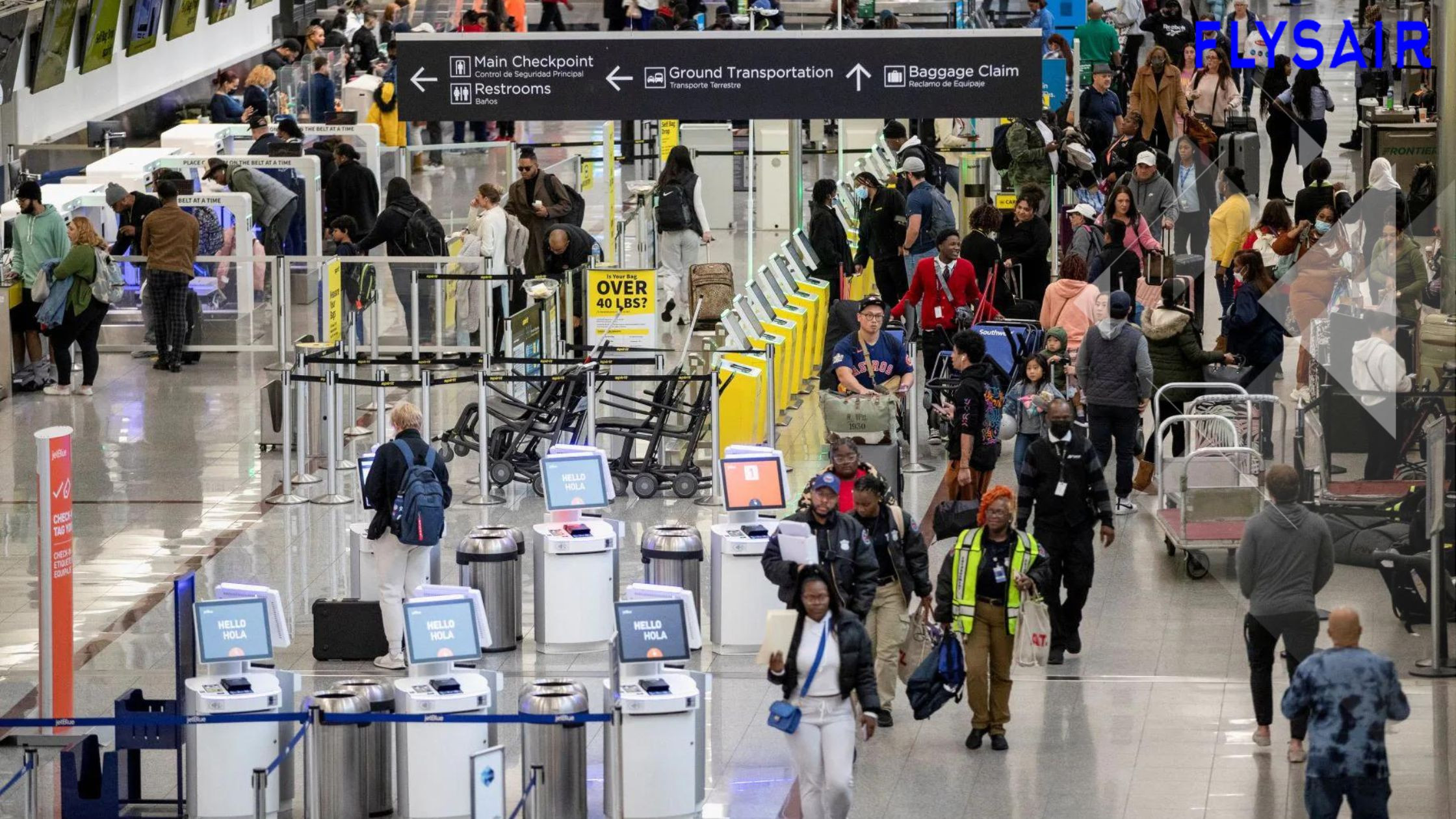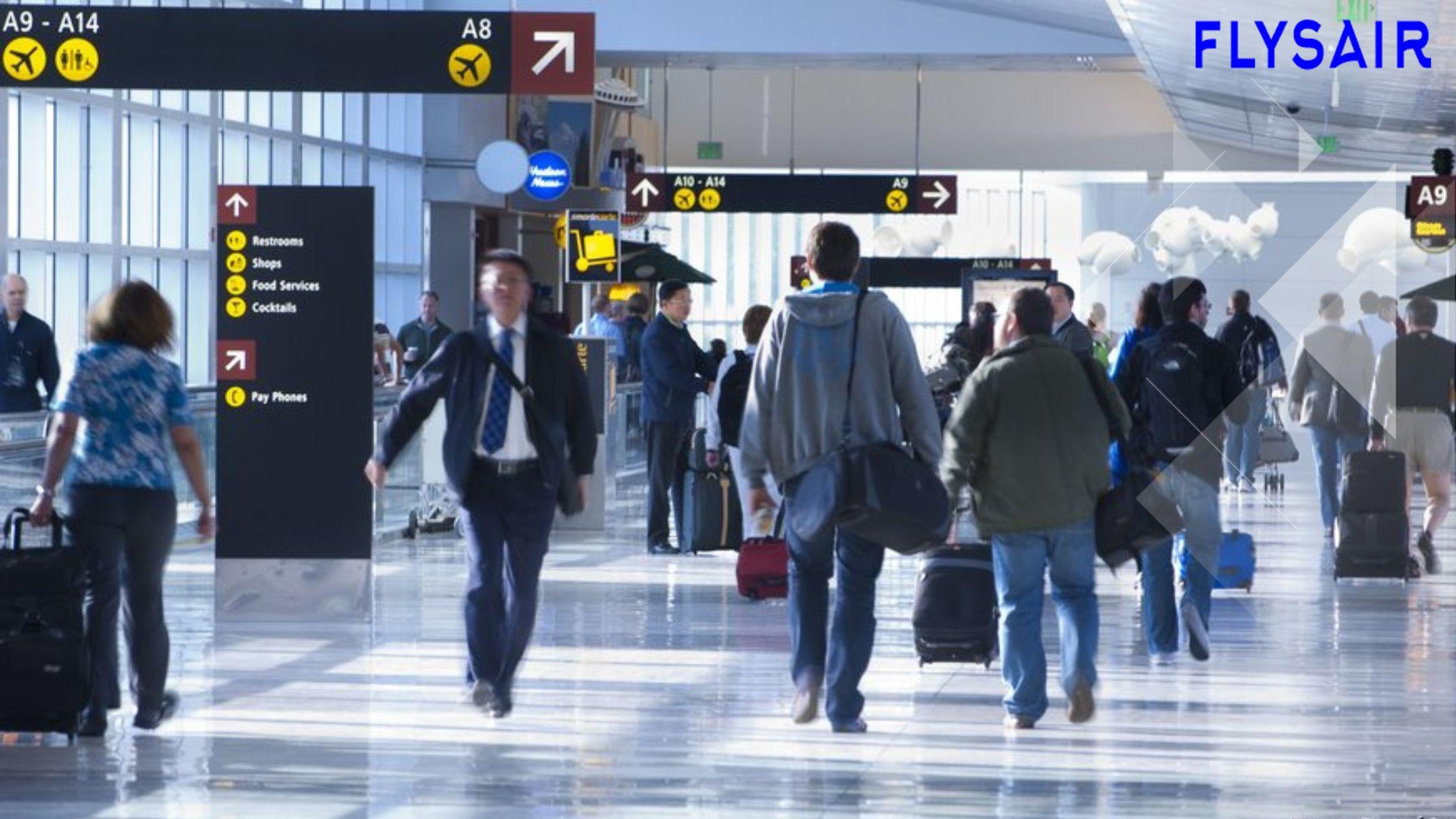The World’s Busiest Airports: Managing High Passenger Volumes
Posted on July 02, 2024 by Admin

The World’s Busiest Airports: Managing High Passenger Volumes
The World’s Busiest Airports are marvels of modern engineering and logistics, handling millions of passengers each year. These airports must efficiently manage high passenger volumes to ensure smooth operations and a positive travel experience. In this article, we will explore the strategies and innovations that enable The World’s Busiest Airports to function seamlessly despite the immense challenges they face.
Introduction to The World’s Busiest Airports
The World’s Busiest Airports are defined by their high passenger volumes, extensive networks, and crucial roles in global transportation. Airports like Hartsfield-Jackson Atlanta International Airport, Beijing Capital International Airport, and Dubai International Airport consistently rank among the top in terms of passenger traffic. Managing such large numbers of travelers requires a combination of advanced technology, strategic planning, and exceptional service.

Infrastructure and Expansion
To accommodate the growing number of passengers, The World’s Busiest Airports continuously invest in infrastructure and expansion projects. These airports have multiple terminals, extensive runways, and vast taxiway networks to handle the influx of flights. Expansion projects, such as the addition of new terminals or the extension of existing ones, help to increase capacity and reduce congestion.
For example, Dubai International Airport has undergone several expansions, including the construction of Terminal 3, which is dedicated to Emirates Airlines and is one of the largest buildings in the world by floor space. Similarly, Beijing Capital International Airport expanded with Terminal 3 in 2008, significantly increasing its passenger handling capacity.
Advanced Technology
The World’s Busiest Airports leverage advanced technology to manage high passenger volumes efficiently. Automated check-in kiosks, biometric screening, and self-service baggage drops are just a few examples of how technology streamlines the passenger experience. These innovations help reduce wait times and enhance security.
For instance, Hartsfield-Jackson Atlanta International Airport utilizes biometric facial recognition technology for international travelers, speeding up the boarding process. Additionally, many busy airports employ advanced air traffic control systems to manage the high volume of flights, ensuring safe and timely arrivals and departures.
Efficient Passenger Flow Management
Managing the flow of passengers is crucial for The World’s Busiest Airports. Effective signage, clear information displays, and strategically placed staff help guide travelers through the airport efficiently. Many airports also use real-time data and analytics to monitor passenger movements and predict congestion points.
Changi Airport in Singapore, known for its efficiency, employs a robust passenger flow management system. The airport uses real-time data to adjust staffing levels and deploy resources where needed most, ensuring a smooth experience for travelers even during peak times.
Robust Security Measures
Security is a top priority for The World’s Busiest Airports. These airports implement rigorous security protocols to protect passengers and staff. Advanced screening technologies, comprehensive surveillance systems, and well-trained security personnel work together to maintain safety without causing significant delays.
For example, London Heathrow Airport has one of the most sophisticated security systems in the world, with advanced imaging technology and a multi-layered approach to passenger screening. This ensures that high security standards are maintained while minimizing the impact on passenger flow.
Customer Service and Amenities
Providing excellent customer service and amenities is essential for managing high passenger volumes. The World’s Busiest Airports offer a wide range of services, including lounges, retail shops, dining options, and wellness facilities. These amenities enhance the passenger experience and help alleviate the stress of travel.
Incheon International Airport in South Korea is renowned for its customer service and extensive amenities, including a golf course, spa, and cultural museum. Such offerings not only improve passenger satisfaction but also help manage high volumes by keeping travelers engaged and comfortable.
Must Read : The Best Airlines for Frequent Flyers: Perks and Programs
Environmental Considerations
The World’s Busiest Airports also focus on sustainability and environmental impact. Implementing green initiatives, such as energy-efficient buildings, waste reduction programs, and sustainable transportation options, helps mitigate the environmental footprint of high passenger volumes.
Los Angeles International Airport (LAX) has made significant strides in sustainability, including the use of renewable energy sources and the implementation of water conservation measures. These efforts contribute to a more sustainable operation, even as the airport handles millions of passengers each year.

Collaboration with Airlines
Close collaboration with airlines is vital for managing high passenger volumes at The World’s Busiest Airports. Coordinated efforts ensure that flight schedules are optimized, ground operations run smoothly, and passengers experience minimal disruptions.
For example, Atlanta’s Hartsfield-Jackson Airport works closely with Delta Air Lines, its primary carrier, to synchronize operations and enhance efficiency. This partnership helps manage the high volume of flights and passengers, contributing to the airport’s reputation for reliability.
Conclusion
The World’s Busiest Airports face immense challenges in managing high passenger volumes, but through strategic planning, advanced technology, efficient passenger flow management, robust security measures, exceptional customer service, environmental considerations, and collaboration with airlines, they continue to set benchmarks for efficiency and service in the aviation industry. These airports not only facilitate global travel but also serve as models of innovation and operational excellence.
Must Read : Understanding Codeshare Flights: What You Need to Know
Faqs
-
1. Which airport is currently the world’s busiest in terms of passenger traffic?
Hartsfield-Jackson Atlanta International Airport in the United States is often ranked as the world’s busiest airport in terms of passenger traffic, handling over 100 million passengers annually.
-
2. How do The World’s Busiest Airports handle flight delays and cancellations?
The World’s Busiest Airports have robust contingency plans in place to handle flight delays and cancellations. They work closely with airlines to rebook passengers, provide accommodations if necessary, and communicate effectively to minimize inconvenience.
-
3. What measures do busy airports take to enhance passenger security?
The World’s Busiest Airports implement advanced screening technologies, comprehensive surveillance systems, and employ well-trained security personnel. They also use biometric identification and real-time data analytics to enhance passenger security.
-
4. How do The World’s Busiest Airports manage peak travel periods?
During peak travel periods, The World’s Busiest Airports increase staffing levels, optimize flight schedules, and use real-time data to monitor passenger flow. They also provide additional amenities and services to accommodate the increased number of travelers.
Recent Post
- Singapore Airlines: Tips for Booking the Best Seats in Economy Class
- The World’s Busiest Airports: Managing High Passenger Volumes
- How Airlines are Enhancing Passenger Experience with Technology
- The Impact of Low-Cost Airlines on the Aviation Industry
- Top 10 Airlines for Customer Service in 2024
- British Airways: Navigating Avios Points for Free Flights
- The Unique Features of Air France’s Premium Economy Class
- The Best Airlines for Group Travel: Discounts and Services
- Tips for Traveling with Disabilities: Airline Policies and Support Services
- How to Upgrade Your Seat Without Breaking the Bank